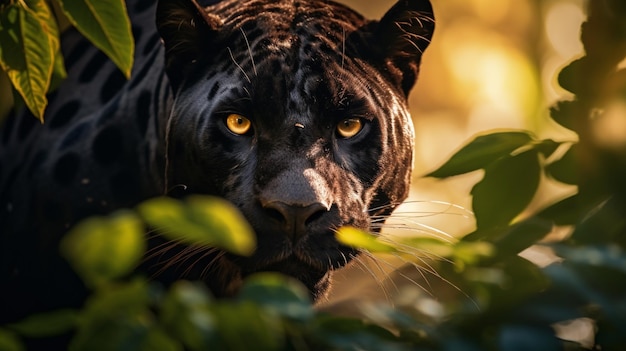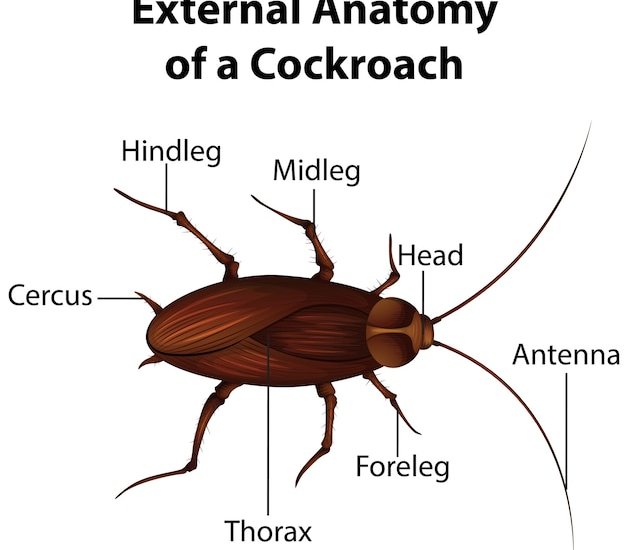Lynx Facts – Discover the Fascinating World of These Majestic Cats

Lynxes are medium-sized wild cats known for their striking appearance and majestic features.
The lynx is a solitary and elusive animal, which adds to its mysterious appeal.
Lynxes have large, tufted ears that enhance their hearing and give them a distinctive look.
Lynxes have excellent night vision, which helps them navigate in low light conditions and hunt their prey.
These magnificent creatures are known for their stealth and agility, making them formidable hunters.
Lynxes have sharp retractable claws that allow them to climb trees effortlessly.
Contrary to popular belief, lynxes are not domesticated animals and should not be kept as pets.
The coat of a lynx changes with the seasons, providing them with camouflage in different environments.
Lynxes mainly feed on small mammals like rabbits and rodents, but they can also take down larger prey if necessary.
The tufts of hair on a lynx’s ears serve no evolutionary purpose but are considered a distinctive trait.
Lynxes are highly territorial animals, marking their territories with scent markings and vocalizations.
Lynxes communicate through various sounds, including purring, hissing, and growling.
Lynxes are native to several regions worldwide, including North America, Europe, and Asia.
The Canadian lynx is a species native to North America and is known for its beautiful fur and long legs.
Lynxes are excellent swimmers and have been observed crossing rivers and lakes effortlessly.
Lynx Facts – Discover the Fascinating World of These Majestic Cats part 2
The reproductive cycle of lynxes is intricately linked to the availability of food, with females only reproducing when prey is abundant.
Lynx populations have been declining due to habitat loss, poaching, and climate change.
Efforts are being made to protect and preserve lynx habitats to ensure the survival of these majestic creatures in the wild.
The lynx is a symbol of grace, independence, and adaptability in many cultures.
Despite their size, lynxes are capable of leaping remarkable distances in pursuit of prey.
Lynxes are known for their distinctive facial ruff, which gives them a noble and regal appearance.
The lynx’s tail serves as a balance during agile movements and can also be used to communicate with other lynxes.
The gestation period of a lynx is approximately two months, after which the female gives birth to a litter of one to four kittens.
Lynx kittens are born blind and dependent on their mother for several months.
The fur of a lynx is highly valued in the fashion industry, leading to increased poaching and illegal trapping.
The lynx population in Europe is particularly threatened, with the Iberian lynx being one of the most endangered cat species in the world.
Lynxes have adapted to different climates, with some species found in snowy regions and others in more temperate environments.
The lynx’s keen sense of hearing allows it to detect prey from a distance, even beneath layers of snow or foliage.
Lynxes have been known to form symbiotic relationships with other species, such as bobcats and foxes.
Lynx sightings in the wild are rare, contributing to the aura of mystery surrounding these elusive creatures.
The lynx’s paws are perfectly adapted for walking on snow, acting like natural snowshoes.
Some lynx species, such as the Eurasian lynx, are protected by international conservation agreements.
Lynxes are crepuscular animals, meaning they are most active during dawn and dusk.
The tail of a lynx is short and usually measures around one-third of its body length.
Lynxes have keen eyesight, allowing them to spot even the slightest movements from a distance.
The lynx is a top predator in its ecosystem, helping to maintain a balance in populations of prey species.
Lynxes have a solitary lifestyle, with males and females coming together only for mating purposes.
Lynxes have round pupils, which help them focus on capturing prey in dim light conditions.
In folklore and mythology, lynxes are often associated with wisdom, mystery, and foresight.
Lynxes are highly adaptable animals and have been known to thrive in various habitats, from dense forests to arid landscapes.
The lynx’s scientific name, Lynx lynx, reflects its distinctive characteristics and unique identity.
The lynx’s diet can vary depending on the region and availability of prey, but small mammals remain their primary food source.
The coat of a lynx is not only beautiful but also serves as insulation, keeping the animal warm in cold climates.
Lynxes are highly skilled climbers and are capable of scaling trees and rocks with ease.
The population of lynxes in North America has rebounded in recent years due to conservation efforts and habitat restoration.

